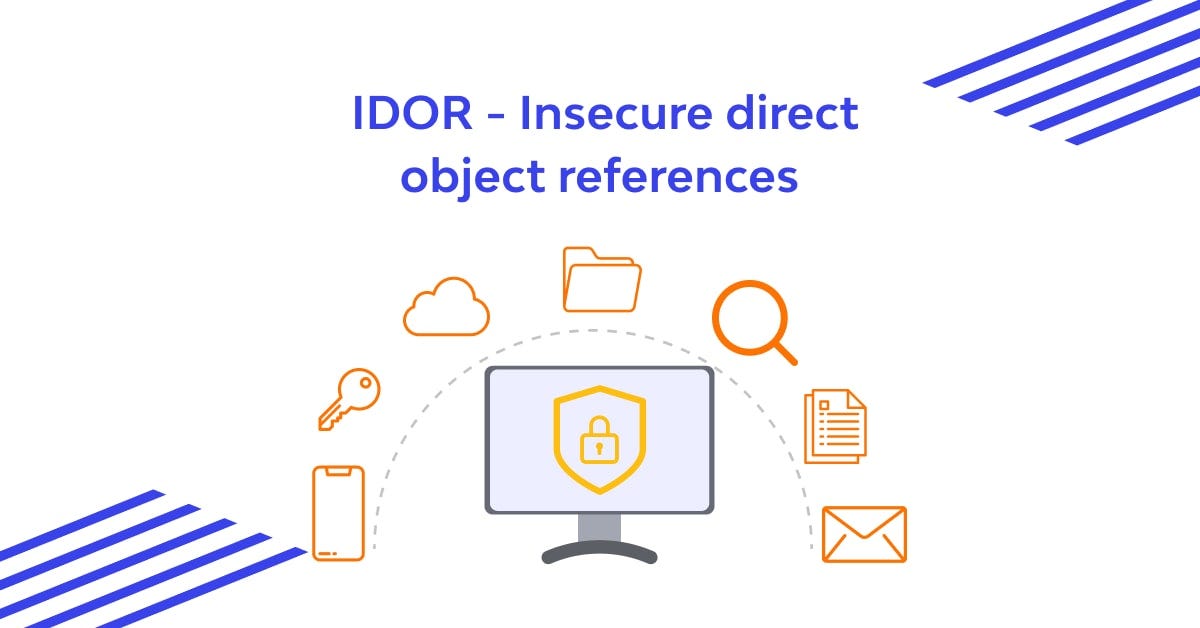BOOK THIS SPACE FOR AD
ARTICLE ADSafeguarding Web Applications through Proactive Bug Bounty Hunting and Defending Against SQL Injection | Karthikeyan Nagaraj
Introduction:
SQL Injection remains a prominent and critical vulnerability that can be exploited by attackers to compromise web applications.
This article aims to shed light on SQL Injection, its impact on web security, and provide valuable tips for bug bounty hunters to effectively detect and mitigate this vulnerability.
By understanding the intricacies of SQL Injection, security researchers can contribute to the overall improvement of web application security.
What is SQL Injection?
SQL Injection is a type of security exploit where an attacker inserts malicious SQL code into a query via user input fields, thereby manipulating the application’s database.This exploitation can lead to unauthorized access, data breaches, data manipulation, and even complete system compromise.How Does SQL Injection Occur?
This section will explore the common scenarios where SQL Injection attacks take place. It includes:
User input fields: Explaining how attackers can inject malicious SQL code through user input fields like login forms or search boxes.URL parameters: Discuss how URLs with dynamic parameters can be exploited to inject SQL code.Error messages: Highlighting how error messages can inadvertently disclose sensitive information, aiding attackers in crafting successful SQL Injection attacks.Detecting SQL Injection:
To effectively detect SQL Injection vulnerabilities, bug bounty hunters should:
Perform thorough input validation and sanitization of user-supplied data.Conduct extensive security testing using techniques like fuzzing, boundary value analysis, and SQL-specific payloads.Analyze error messages or stack traces for potential SQL injection hints.Utilize automated vulnerability scanners or security testing tools to aid in the discovery of SQL Injection vulnerabilities.Tips for Bug Bounty Hunters:
Bug bounty hunters seeking to identify SQL Injection vulnerabilities can follow these valuable tips:
Stay updated on the latest SQL Injection techniques, evasion methods, and attack vectors.Understand different database systems and their SQL dialects to tailor attacks to specific environments.Analyze and understand the context of the targeted application to identify potential injection points.Collaborate with the development team by providing detailed reports and proof-of-concept examples.Focus on testing not only user inputs but also parameters from the HTTP request, cookies, and hidden form fields.Impact of SQL Injection Attacks
This section will emphasize the potential consequences and risks associated with SQL Injection attacks, such as:
Unauthorized data access: Explaining how attackers can retrieve sensitive information from databases.Data manipulation and deletion: Discussing the risks of modifying or deleting data within the database.Server compromise: Addressing the possibility of full server compromise through SQL Injection attacks.Preventive Measures
To mitigate the risks associated with SQL Injection attacks, this section will provide practical preventive measures, including:
Input validation and parameterization: Explaining the significance of input validation and the use of parameterized queries to prevent SQL Injection attacks.Stored procedures: Highlighting the benefits of using stored procedures to minimize SQL Injection vulnerabilities.Least privilege principle: Explaining how applying the principle of least privilege can limit the impact of SQL Injection attacks.Web application firewalls: Discussing the role of web application firewalls in detecting and preventing SQL Injection attacks.Best Practices for Secure Coding
In this section, we will outline some best practices for secure coding to minimize the risk of SQL Injection attacks, including:
Sanitizing user input: Discussing the importance of validating and sanitizing user input to prevent SQL Injection vulnerabilities.Prepared statements and parameterized queries: Explaining how using prepared statements and parameterized queries can effectively mitigate SQL Injection risks.Regular security updates: Emphasizing the significance of keeping databases, web servers, and application frameworks up to date to address known vulnerabilities..png)
 11 months ago
57
11 months ago
57 














 Bengali (Bangladesh) ·
Bengali (Bangladesh) ·  English (United States) ·
English (United States) ·